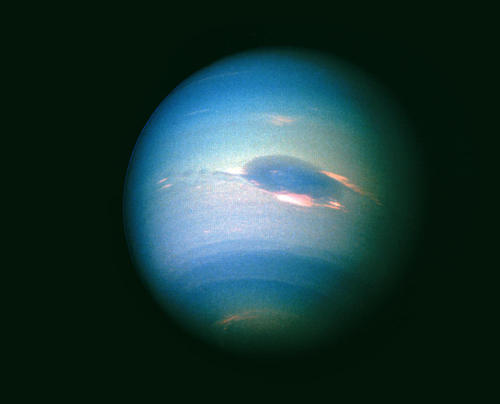
secretagentpeptidebond
I'm a chemist who sometimes does other stuff too
238 posts
Latest Posts by secretagentpeptidebond


Gale pin design✨
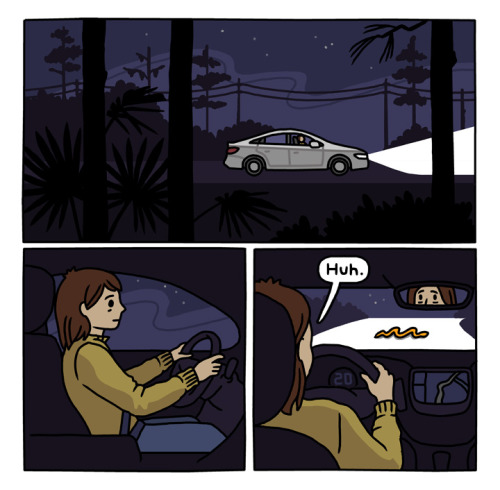




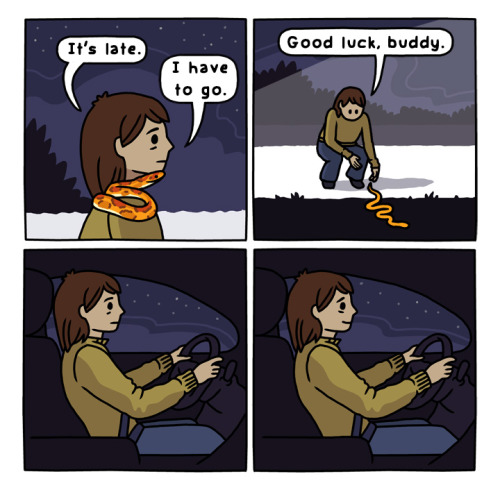
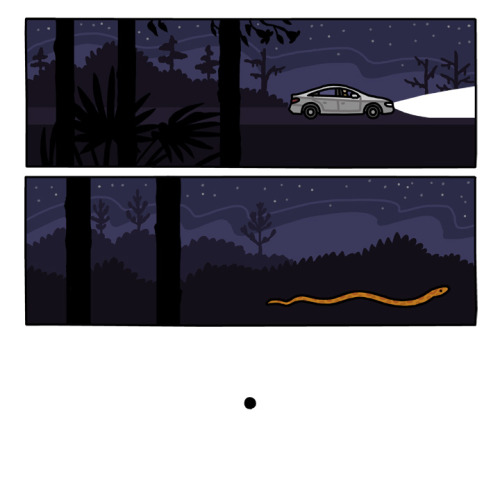
A snake story, based on an experience I had while I was in Florida.

(https://iep.utm.edu/art-emot/)

it he @ultrainfinitepit

it he @ultrainfinitepit

twelve Essek Thelyss valentines/pick-up lines that no one asked for
Are you a Gravity Sinkhole? Because I’m feeling a powerful attraction to you.
Can I quantum tunnel my way into your classically forbidden region?
My favorite food is soups, but I’m thinking of eating out tonight.
Do you have truesight? Because you see right through me, valentine.
Let me show you a kindness.
No war crimes tonight, valentine. Unless you are into– look, I said I was sorry–
Valentine, I’m walking on air whenever I’m with you.
The inexorable flow of linear time isn’t the only thing I’m violating tonight.
Do you believe in love at first sight, or shall I invoke Fortune’s Favor and reroll my Charisma check?
Can you clear the cats off the bed, valentine?
Have you been bound to a Luxon Beacon? Because I think you’re conse-cute.
Of my many regrets, loving you will never be one of them.



A little friendly fire for @yo-yo-yoshiko. Don’t expect any more of these, I want points dammit!
[ Find me on Art Fight! ]

The Wolf Among Us
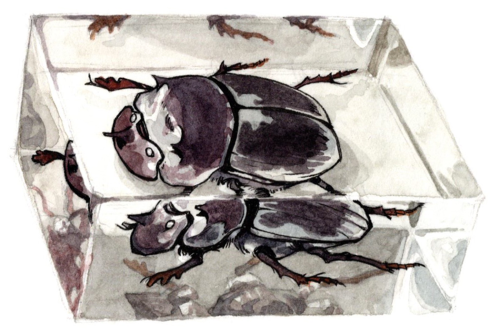
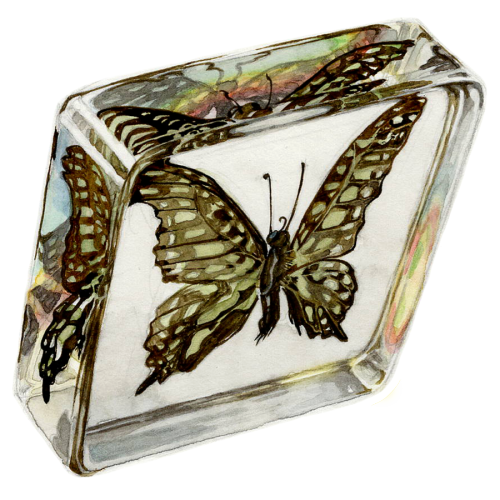
girl help im trapped in resin
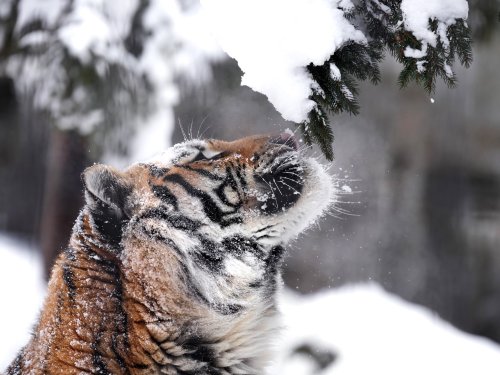



NIGHTJARS
You heard me.
Nightjars.
They are the BEST birds. Don’t come at me with BUT CORVIDS y’all know Corvids aren’t birds, they’re magic.
Anyway. Nightjars. Why nightjars, you might ask. Well let me tell you why.
I’ve already told you about the Tawny Frogmouth

But there is also the Great Eared Nightjar

Pennant-winged Nightjar

Standard-winged Nightjar. Yes, those are part of its wings. No, I don’t know WTF.

This oddly shaped stump. haha tricked you! It’s a Tawny frogmouth and baby.

Lyretail Nightjar. again, why. again, no idea.

Australian owlet-nightjar

Swallowtail Nightjar. Not so fancy? look again. that mustache.

Not into cute mustaches on birds?
Tell that to this Sickle-winged Nightjar.

Before it cuts you down with its badass wings.

Hey another stump - wait no it’s a FROGMOUTH

I’m not the first to have come to this conclusion.

says right there. BEST BIRD.

Ok whatever Indian Nightjar doesn’t care what you think about it.
If you don’t agree, you can sit over there and be wrong.
@sheck on Instagram. 💫🌱
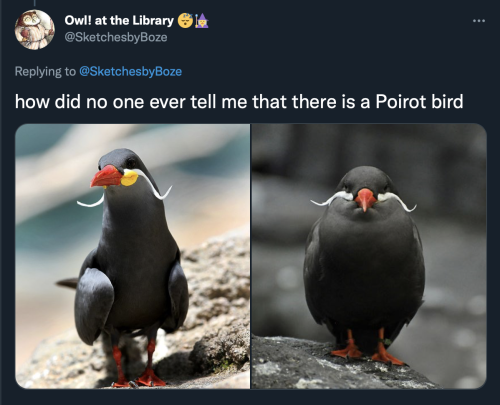
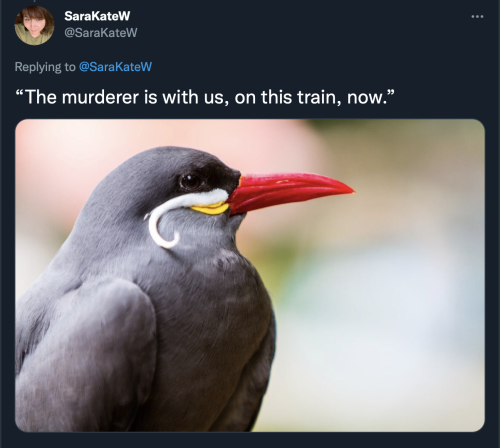

new print in my shop!

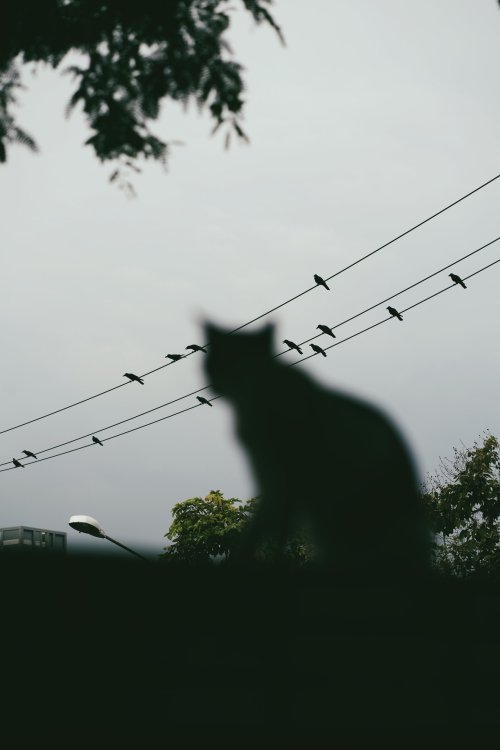




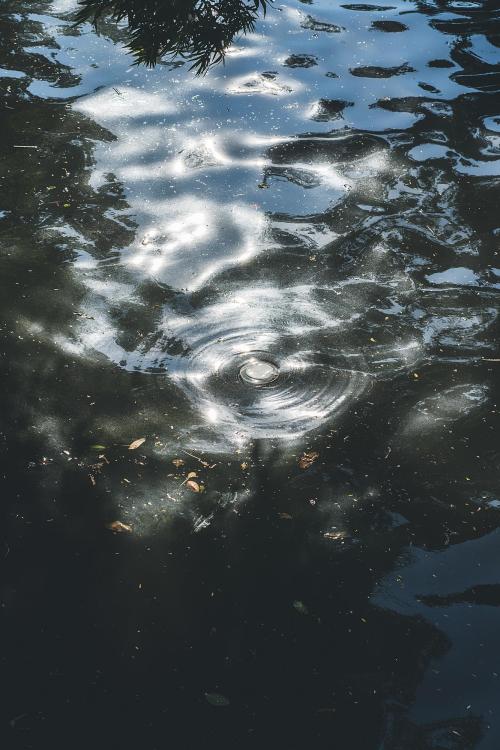


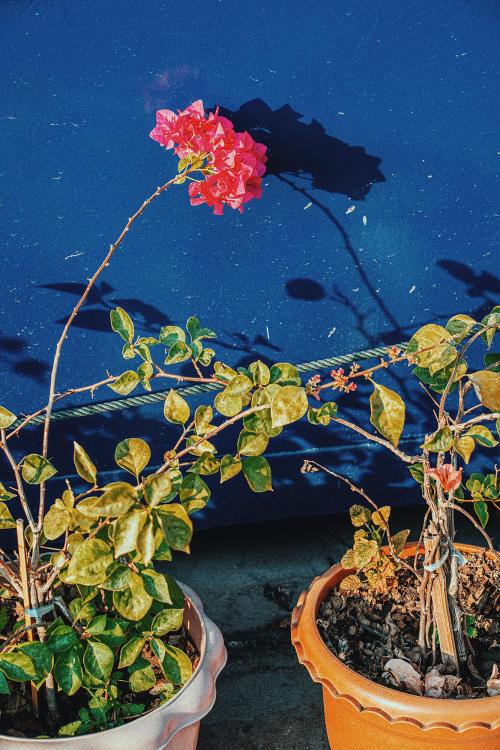
Sittichai Maikupandin aka Sitti Maiku (Thai, b. Bangkok, Thailand) - Ordinary Place series, Photography



In ‘Wild Design,’ Vintage Illustrations Expose the Patterns and Shapes Behind All Life on Earth
Video Clip SS241672 (Dendritic Ice Crystal Growth)
Macro timelapse footage of Dendritic Ice Crystals Growing.
At sub zero temperatures, moisture from the surrounding atmosphere condenses almost immediately. The dendritic (tree-like) form of the crystallization is a natural fractal pattern.
As a rule, except in conditions where supercooled droplets are present in the air, frost will form only if the deposition surface is colder than the surrounding air. For instance frost may be observed around cracks in cold wooden sidewalks when humid air escapes from the warmer ground beneath. Other objects on which frost commonly forms are those with low specific heat or high thermal emissivity, such as blackened metals; hence the accumulation of frost on the heads of rusty nails.
© Francis Chee / Science Source
Open Your Heart
You are born with it open
Joyous and free.
You don't even know how to close it.
The instinct to let everything inside
As natural as breathing.
So wide open are the passages of your heart
That you can find no distinction
Between yourself and the rest of the world.
Open your heart, you hear,
And you do, gladly. Easily.
Uncomprehending
Of the enormity
Of what this platitude asks of you.
You feel that perhaps
Everything might live in your heart.
That would certainly explain the warmth you feel
As each one settles just beneath your ribs,
Nestling into the threads
You wove from your love.
♥
Inevitably,
A hole rips through your chest
As one of them tears itself from you,
Rending your tapestry to shreds.
And you are left holding your
Stuttering,
Gasping,
Bleeding heart
In your hand.
You did not know.
You did not understand.
Your fingers trace the outline of your wound
As you think of all of the others you have invited in
And imagine what shapes they might make,
When they leave you.
Your heart continues to pump,
Its contents dribbling through your fingers.
It can only try to keep beating;
It does not know how to do anything else.
Numbly,
You pull your heart close
And begin to stitch it closed.
♥
When it has healed
And sensation has returned,
You can feel fluttering against the outside of your heart,
Searching in vain for an entrance.
You feel safe.
Your heart cannot be torn open
From the outside.
At first they do not tempt you,
The flutterings,
The echo of pain still resonating in your hollow chest.
But though you do not want to admit it,
Your heart still beats
And remembers
And wants.
A flutter lingers,
Becomes a gentle caress.
It is so bright and warm and full of wonder.
Your heart aches.
Inevitably,
You surrender.
You reach back into your ribcage,
Pull out your heart,
And tear open the stitches
To let the warmth in.
It hurts
To leave it open.
It throbs with each beat,
Seeping through the hole in your chest.
But, you feel that perhaps
It might hurt less now,
When they leave you.
♥
Your heart stays open
And warm.
You begin to feel the tug
Of your broken threads reattaching.
The outline of your wound is not so raw as it once was.
The edges have grown stronger with use.
Inevitably,
Each one leaves.
But you have left the way open,
And though the snap of every thread is keenly felt,
It stays open, still.
♥
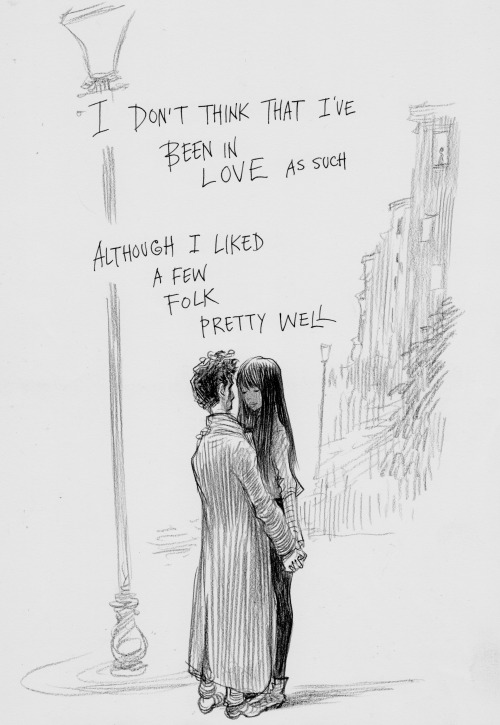
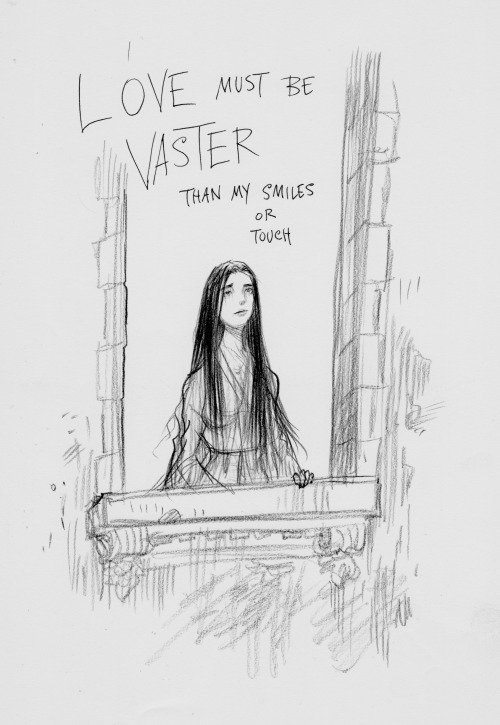
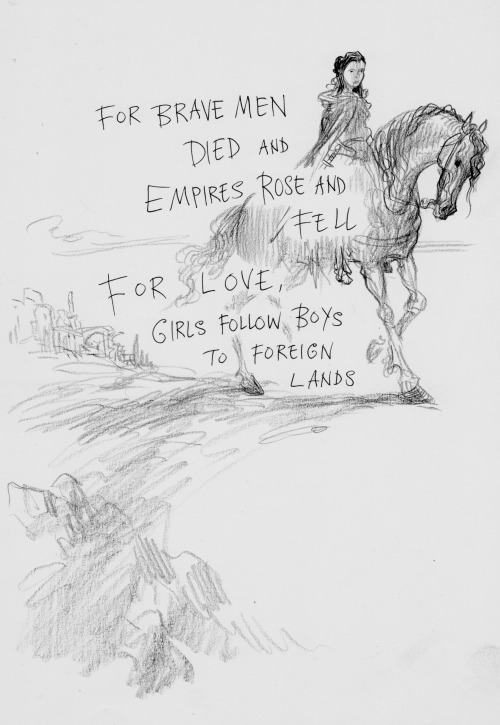
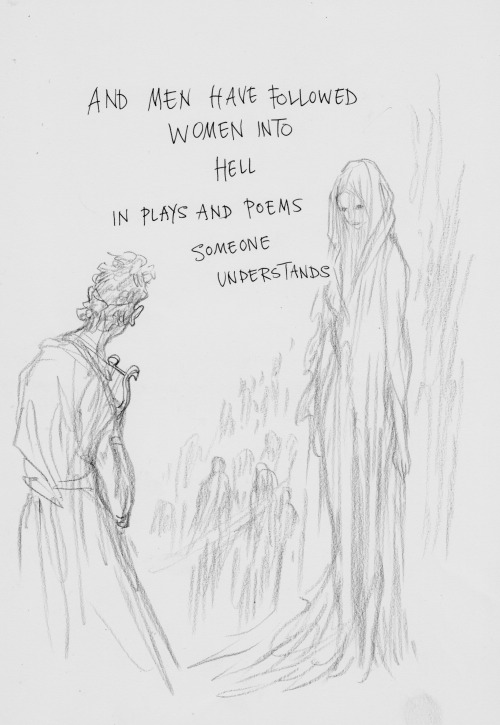
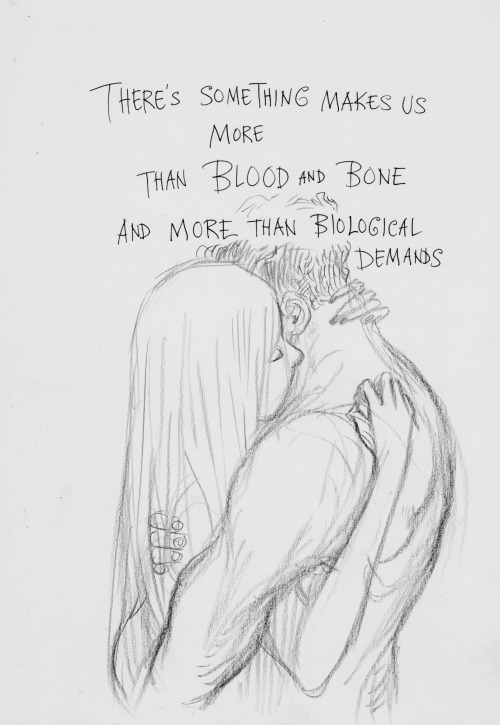
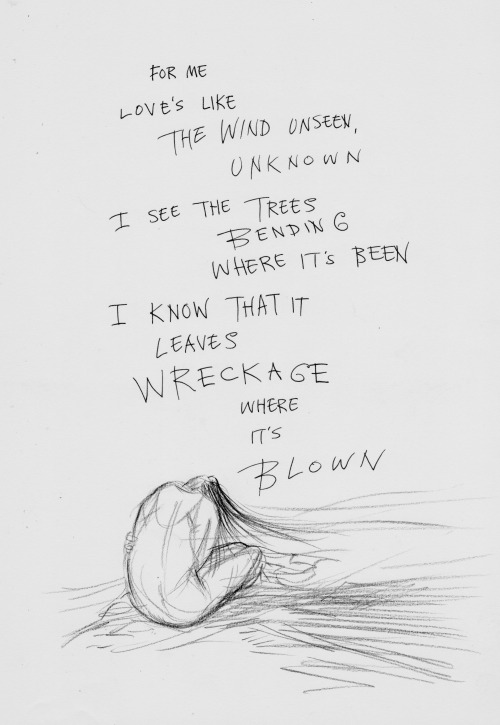
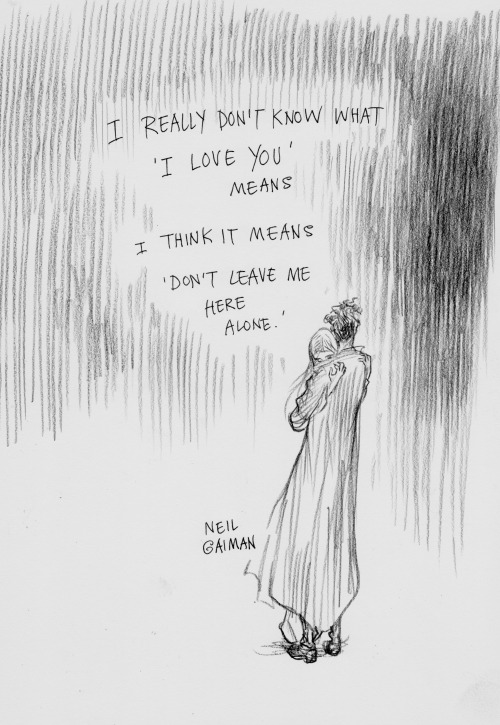
Dark Sonnet by Neil Gaiman.

Doing vs. Writing | PHD Comics | http://www.phdcomics.com/comics.php?f=1887
Four evenings a year, the setting sun aligns perfectly with Manhattan’s street grid, creating a breathtaking wash of illumination along the cross streets, and tonight is one of them! In this video, Frederick P. Rose Hayden Planetarium Director Neil deGrasse Tyson, who first noted the phenomenon more than a decade ago and coined the term “Manhattanhenge,” explains the phenomenon.
If there was a sitcom based on my lab it would be a comedy of errors and near catastrophe featuring the Lab Weirdo™, the Confused Undergrad™, the Done With This Shit Fifth Year™, the Fourth Year Who Is The Only Person Who Knows How The Instruments Work But Is Impossible To Find™, the Ever Present Third Year™, and the Exhausted Second Year™
It would be called “Don’t Quench the Magnet”

Copper essential for burning fat, researchers find
Though small amounts of copper are essential to health - oysters, liver, beans and nuts are good sources - copper’s role in metabolism has been unclear: Some studies found that it boosted fat burning, others that it depressed it.
University of California, Berkeley, Lawrence Berkeley National Laboratory and Howard Hughes Medical Institute researchers have now clarified the critical role that copper plays in nutrition: It helps move fat out of fat cells - called adipocytes - and into the blood stream for use as energy.
Without enough copper, fat builds up in fat cells without being utilized, said Christopher Chang, the Class of 1942 Chair and a professor of chemistry and of molecular and cell biology at UC Berkeley.
“Unlike other studies that link copper levels both to increased or decreased fat metabolism, our study shows definitively how it works - it’s a signal that turns on fat cells,” said Chang, who also is a faculty scientist at Berkeley Lab and a Howard Hughes Medical Institute investigator. “If we could find a way to burn fat more efficiently, this could be a big contribution to dealing with obesity and diabetes.”
The new study appeared online this week, and will be published in the July print issue of the journal Nature Chemical Biology.
“Copper regulates cyclic-AMP-dependent lipolysis” by Lakshmi Krishnamoorthy, Joseph A Cotruvo Jr, Jefferson Chan, Harini Kaluarachchi, Abigael Muchenditsi, Venkata S Pendyala, Shang Jia, Allegra T Aron, Cheri M Ackerman, Mark N Vander Wal, Timothy Guan, Lukas P Smaga, Samouil L Farhi, Elizabeth J New, Svetlana Lutsenko and Christopher J Chang in Nature Chemical Biology. Published online June 6 2016 doi:10.1038/nchembio.2098
Caption: The crystal structure of the cAMP-degrading enzyme phosphodiesterase PDE3B, showing two magnesium atoms (green) in the active site. Copper binds one of the amino acid residues in the pink loop at the left, blocking the activity of the enzyme. Credit: Lakshmipriya Krishnamoorthy and Joseph Cotruvo Jr., UC Berkeley





